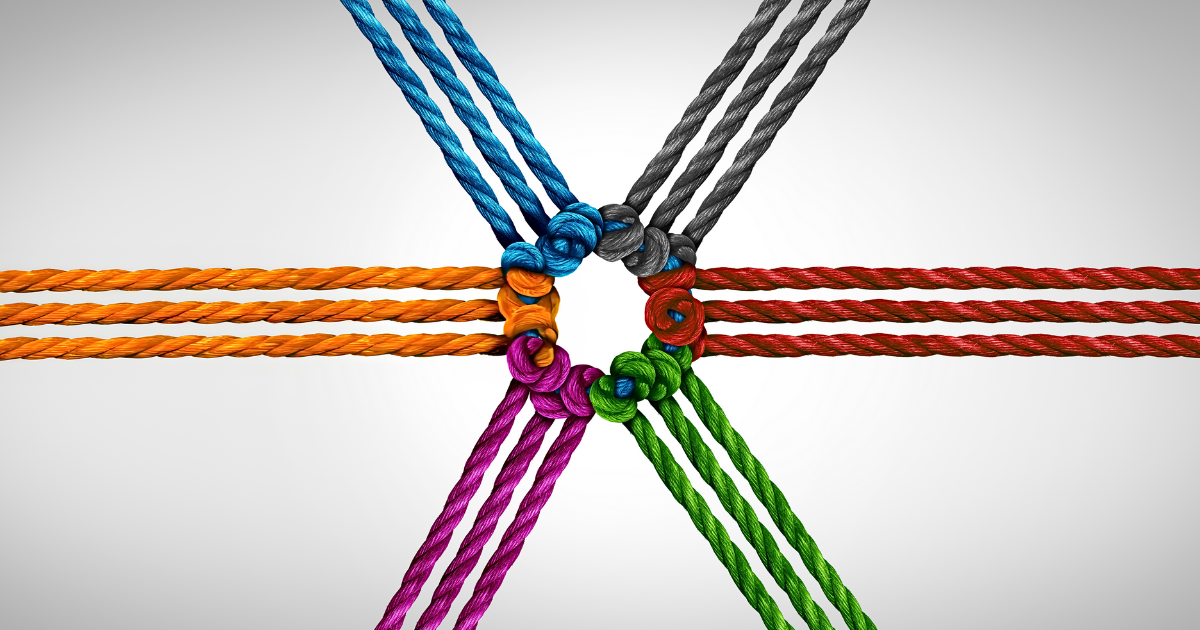In today’s dynamic workplace, having a multi-generational workforce is increasingly becoming the norm. With employees spanning various age groups, from Baby Boomers to Generation Z, organisations can leverage a rich diversity of perspectives, skills, and experiences. Understanding the benefits of a multi-generational workforce and implementing effective management strategies can lead to a more innovative, cohesive, and productive environment.
Diverse Perspectives and Innovation
A workforce that includes individuals from different generations brings a wide range of viewpoints and ideas. Younger employees often bring fresh, tech-savvy insights, while older employees offer seasoned experience and deep industry knowledge. This diversity can drive creativity and innovation, leading to more comprehensive problem-solving and the development of new products and services.
Enhanced Mentorship Opportunities
Multi-generational workplaces foster organic mentorship opportunities. Older employees can mentor younger colleagues, sharing their expertise and guiding them through career development. Conversely, younger employees can offer reverse mentoring, particularly in areas like technology and social media, ensuring that the entire team remains up-to-date with the latest trends and tools.
Broader Skill Set
Increased Employee Retention and Satisfaction
By valuing the contributions of all age groups and fostering an inclusive culture, organisations can significantly enhance employee morale and overall job satisfaction. When employees across different generations feel that their unique experiences, perspectives, and strengths are respected and recognised, it creates a sense of belonging and purpose within the workplace. This inclusive approach not only encourages collaboration and innovation by leveraging diverse viewpoints but also strengthens employee loyalty. Moreover, this sense of stability within the workforce can translate into better team cohesion, higher productivity, and a more positive organisational reputation, making the company more attractive to both current employees and potential talent.
Best Ways to Manage a Multi-Generational Workforce
Promote Open Communication
Encourage open and transparent communication across all levels of the organisation. Create platforms where employees can share their ideas, concerns, and feedback. Regular team meetings, suggestion boxes, and digital communication tools can facilitate this exchange. Ensuring that everyone feels heard and valued is crucial for maintaining harmony in a diverse team.
Foster an Inclusive Culture
Cultivate an inclusive workplace culture that respects and celebrates differences. Implement policies that promote diversity and inclusion and provide training to help employees understand and appreciate the unique strengths each generation brings. Encourage collaboration and create opportunities for cross-generational teams to work together on projects.
Offer Flexible Work Options
Recognise that different generations may have different work preferences. While younger employees might prefer flexible hours and remote work options, older employees might value stability and structured schedules. Offering a range of work arrangements can help accommodate these preferences and boost overall productivity and job satisfaction.
Tailor Professional Development Programs
Provide professional development opportunities that cater to the needs of all employees. Offer a mix of training programs, workshops, and online courses that address the diverse skill sets and career aspirations within your team. Encourage continuous learning and support employees in their career progression, regardless of their age.
Recognise and Leverage Individual Strengths
Take the time to understand the unique strengths and preferences of each employee. Use this knowledge to assign roles and responsibilities that align with their skills and interests. Recognising individual contributions and leveraging the diverse talents within your team can lead to higher engagement and better overall performance.
A multi-generational workforce is a powerful asset for any organisation. By embracing the diverse perspectives, skills, and experiences that different generations bring, businesses can drive innovation, enhance employee satisfaction, and better serve their customers. Effective management of a multi-generational team involves promoting open communication, fostering an inclusive culture, and offering flexible work options. Additionally, tailoring professional development programs, and recognising individual strengths can be viable way to manage a diverse team. By adopting these strategies, companies can harness the full potential of their diverse workforce and achieve sustained success.
A multi-generational workforce is fundamental to GRS‘s success, and so we understand the value of each member’s contribution. We can assist you in adopting similar strategies to future-proof and grow your business.
For further reading, check out our article about Diversity, Equality and Inclusivity (DEI).

